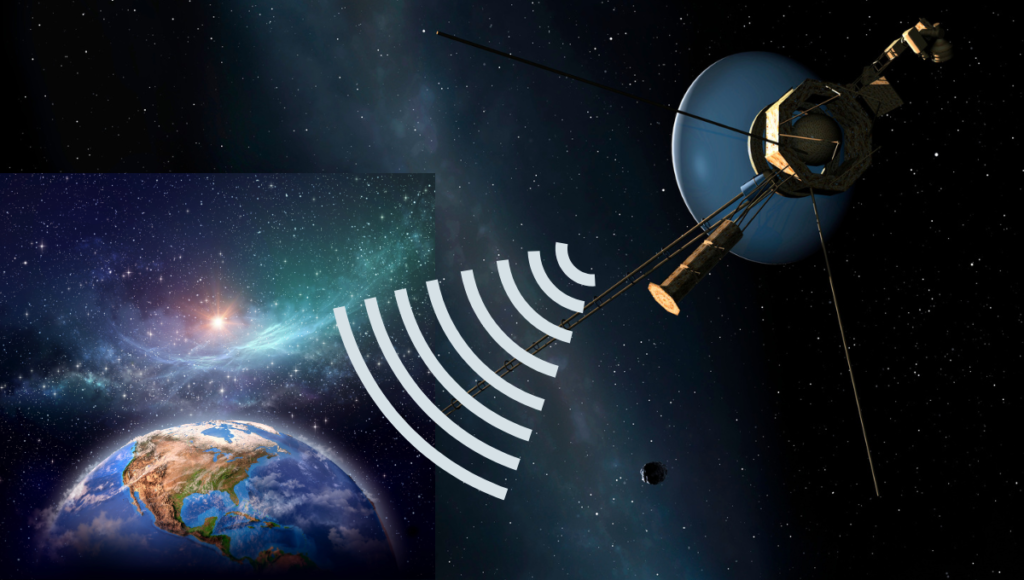NASA’s Voyager 1, launched in 1977, recently re-established contact with Earth after a brief blackout. Discover how engineers at JPL revived this legendary spacecraft using a transmitter dormant since 1981 and what this means for its journey through interstellar space.

In a genuinely remarkable achievement, NASA’s Voyager 1, which was launched in 1977, has recently re-established communication with Earth following a brief communication pause. For more than a decade, this emblematic spacecraft has been travelling beyond the influence of the Sun, now situated in interstellar space at a distance of over 15 billion miles. However, its resilience and ingenuity continue to garner attention after a 47-year voyage.
The hiccup commenced on October 16, when Voyager 1’s fault protection system—a fallback measure intended to activate in the event of an emergency—powered down one of its critical systems, resulting in a communications blackout. The enigma was promptly resolved by engineers at NASA’s Jet Propulsion Laboratory (JPL). They shortly discovered that the spacecraft had automatically transitioned to a secondary transmitter, the S-band, which had not been utilised since 1981.
Voyager 1’s reliance on the X-band transmitter for decades was abruptly terminated, and the S-band was substituted. JPL engineers sent a command on October 22 to ascertain whether the S-band was still operational, and they eagerly anticipated a response. It was not until October 24 that they received confirmation that Voyager 1 had reestablished communication, as messages typically require approximately 23 hours to travel one way.
It is comprehensible that NASA has adopted a cautious approach to troubleshooting this issue. The operation and maintenance of Voyager 1 become increasingly difficult with each passing year. The mission team intends to determine the cause of the fault prior to reverting to the X-band transmitter, a process that may require several weeks. In the interim, they will depend on the S-band, despite the fact that it is not the most suitable long-term solution.
Also Read:-RBA
Voyager 1 has surpassed all expectations by both surpassing its mission’s duration and making history by entering interstellar space. The spacecraft’s resilience and the NASA team’s expertise are both underscored by its recent communication failure and subsequent recovery. As Voyager 1 continues its ascent through the cosmos, it serves as a poignant reminder of humanity’s unwavering curiosity and aspiration to investigate the unknown.